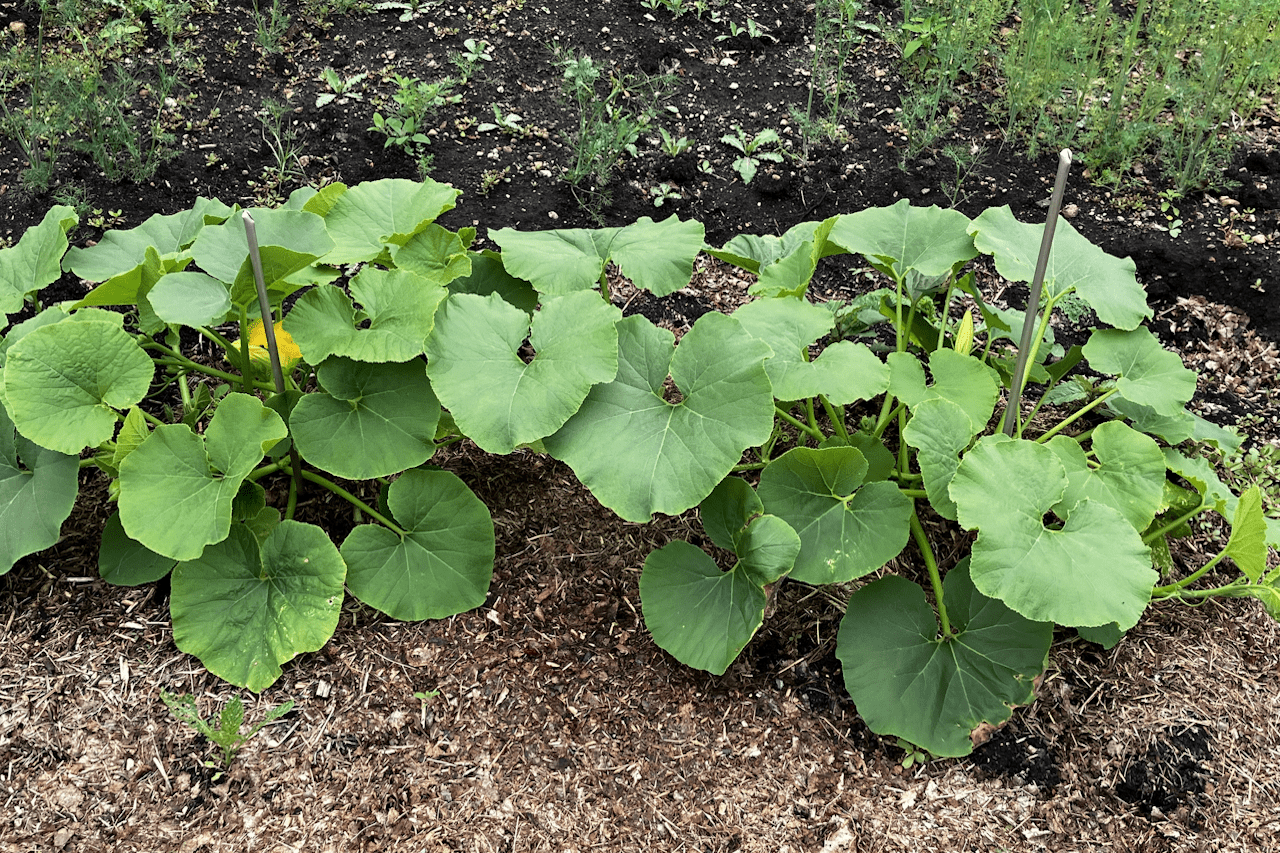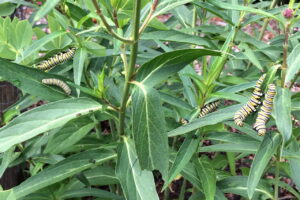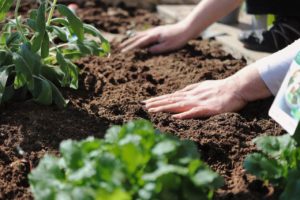“Knowing that you love the earth changes you, activates you to defend and protect and celebrate. But when you feel that the earth loves you in return, that feeling transforms the relationship from a one-way street into a sacred bond.”1
I think the Cucurbitaceae or squash family aligns well with this insight from Robin Wall Kimmerer. Express caring affection to these plants with a generous amount of good compost, adequate water and a sunny, warm spot in the garden, and they reciprocate with a bounty of food that will soon send you onto the doorsteps of your friends and neighbours with offers of cucumbers, melons, and zucchini squash!
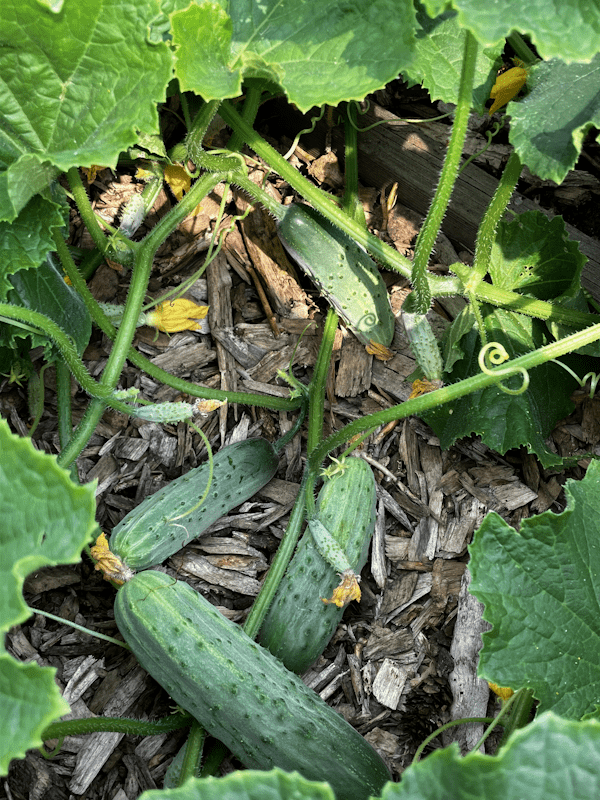
Introducing the Squash Family
This plant family includes cucumbers (Cucumis sativus), melons (Cucumis melo), gourds (Lagenaria siceraria) and four species of squash (Cucurbita pepo, C. maxima, C. moschata and C. mixta). In Indigenous wisdom, the squash is an important member of a “Three Sisters Garden” consisting of beans, corn and squash.
You can grow one variety of cucumber or melon next to one of the species of squash, or two different species of squash close to one another and not worry about cross-pollination. The members of this family are warm-season plants and require insects for pollination because the male flowers are separate from the female flowers that produce the fruit.
If you find a squash or cucumber with a soft, yellowing tip at the blossom end, or if the fruit falls off the plant, this is likely due to incomplete pollination. The plant tries to drop this fruit so that it doesn’t waste energy on it. To increase good pollination, grow pollen-rich flowers that bloom at the same time and attract pollinators to your garden. It’s also possible to hand-pollinate squash flowers.
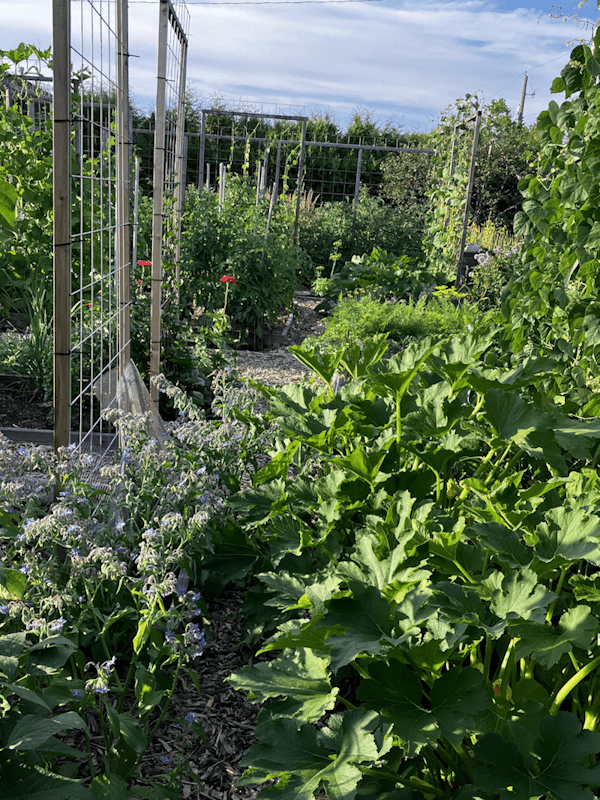
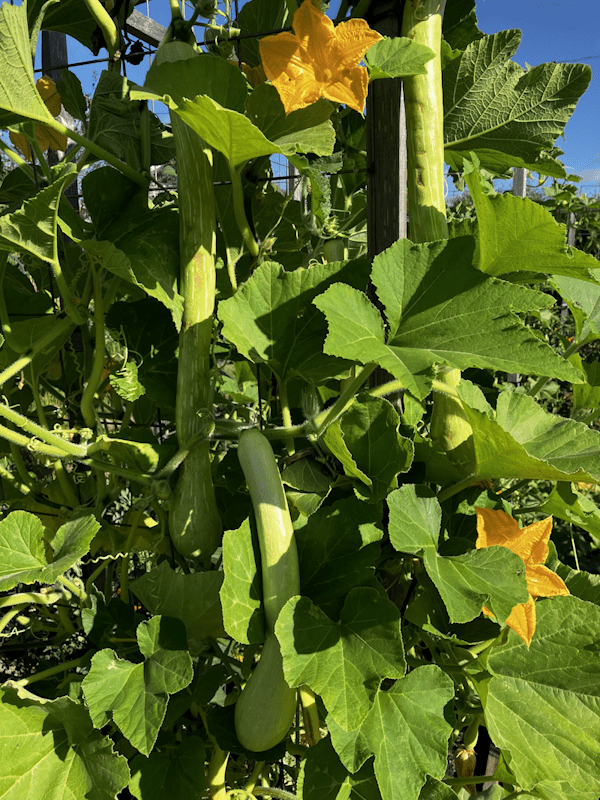
Tips for Growing
Over the last several years, with our unpredictable weather, I have found it helpful to sow the seeds of these plants indoors 3-4 weeks before the expected last spring frost date, then harden off the young seedlings outdoors for 7 to 10 days before carefully transplanting to the garden, when the soil is warm.2 This also gives them a head start because many of the winter squashes require a long period to reach maturity, which can be a challenge here on the Canadian Prairies.
If you have limited space, try to:
Grow vining types vertically on strong trellises. Tromboncino Squash (C. moschata) yields very long straight fruits if grown vertically, and curved ones if grown on the ground. Japanese climbing cucumber (Cucumis sativus) varieties tend to have strong tendrils that cling well to a trellis.
If available, choose bush varieties, which usually need only 2 to 4 feet, instead of the 6+ feet required by vining types. e.g. ‘Bush Delicata’ Squash and most summer squashes such as ‘Cocozelle’ and ‘Golden’ Zucchini (all are C. Pepo) and ‘Spacemaster’ cucumber (Cucumis sativus) have helped me make best use of space.
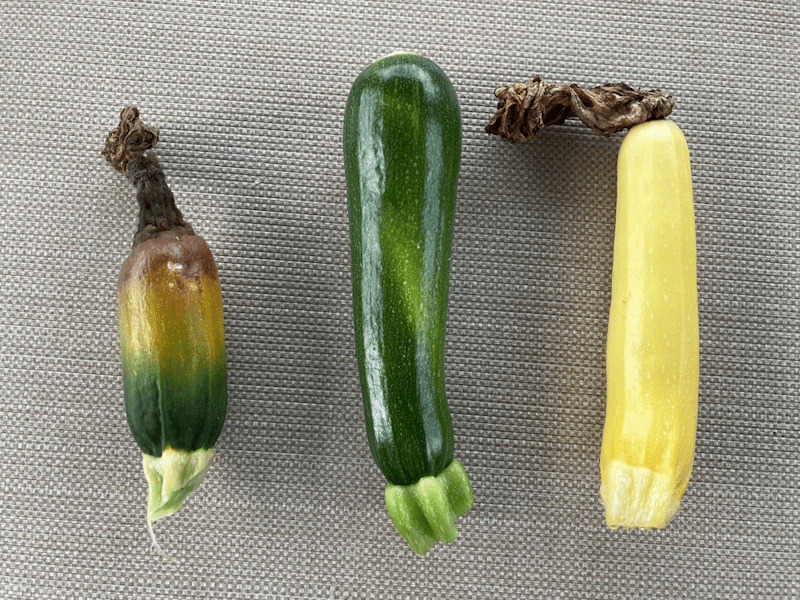
In Part 2, I will discuss challenges for the gardener who grows these plants, several varieties to consider and how to harvest them to enjoy these gifts from this very generous plant family for as long as possible.
Part 2 will be published on September 4, 2024
1 Kimmerer, Robin Wall. Braiding Sweetgrass: Indigenous Wisdom, Scientific Knowledge and the Teaching of Plants, Milkweed Editions, Minneapolis, Minnesota, 2013, p. 124-125
2 Members of this family resent having their roots disturbed. When transplanting, carefully remove the seedling from its container and gently place into the prepared planting hole. Sowing the seed into biodegradable pots that can be placed directly into the garden soil is another option, but I haven’t found this necessary.
Wendy spent a good part of her adult life moving with her husband, never staying long enough to see an apple tree mature and bear fruit. When they retired, developing a food garden and planting hardy ornamentals became a passion. Weaving her previous studies in nutrition with her current interest in gardening has become a stimulating and life-giving activity.

